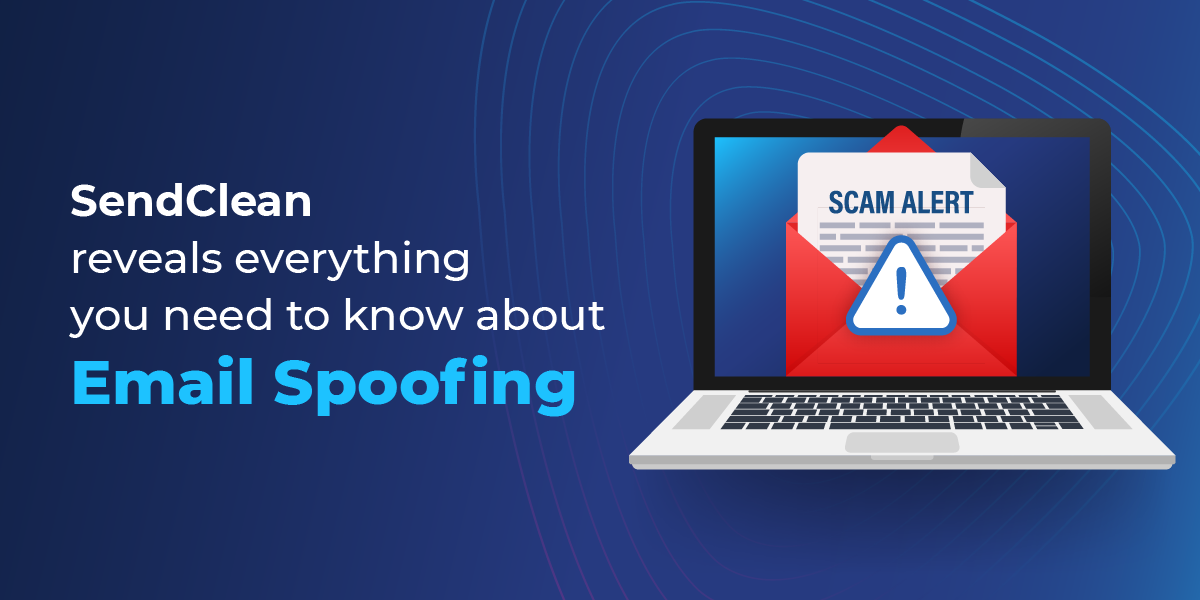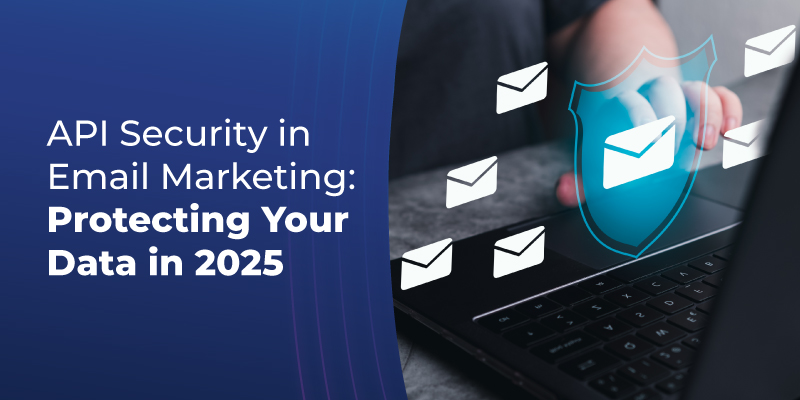
Email spoofing stands out as a particularly insidious technique in the vast landscape of cyber threats. It's the digital equivalent of impersonation, allowing attackers to masquerade as trusted entities to deceive recipients. Brand impersonation, a subset of email spoofing, specifically targets recognisable brands, making it a potent tool for cybercriminals. In this article, we'll delve into the mechanics of email spoofing, explore how brand impersonation works, and discuss practical strategies to safeguard against this growing threat.
Here are some famous events related to spoofing
1. Sony Pictures Entertainment Hack (2014):
Hackers sent spoofed emails to Sony employees during a cyberattack, leading to the leak of sensitive data and unreleased films.
2. John Podesta Email Hack (2016):
Podesta fell victim to a phishing attack, resulting in the leak of his emails and sparking controversy during the 2016 US presidential election.
3. Business Email Compromise (BEC) Scams:
BEC scams, often involving email spoofing, have caused billions of dollars in losses globally by impersonating executives or vendors.
4.WannaCry Ransomware Attack (2017):
WannaCry utilized phishing emails, infecting computers with ransomware and causing global disruption.
Understanding Email Spoofing
Email spoofing involves the manipulation of email headers to make messages appear as if they originate from a different source than they do. While the concept may seem complex, the execution is often relatively straightforward for those with malicious intent. By forging the "From" field in an email header, attackers can make it seem like the message is coming from a trusted entity, such as a reputable company or individual.
This manipulation is made possible due to the inherently open nature of the Simple Mail Transfer Protocol (SMTP), which governs the transmission of email messages. SMTP does not include built-in mechanisms for verifying the sender's authenticity, making it susceptible to abuse by cybercriminals.
The Mechanics Behind Brand Impersonation
Brand impersonation takes email spoofing a step further by explicitly targeting well-known brands. Attackers leverage various techniques to achieve this, including:
1. Domain Spoofing:
One standard method involves using a domain name similar to the target brand's. For example, substituting a letter or adding extra characters to mimic a legitimate domain.

2. Display Name Manipulation:
Attackers may alter the display name in the "From" field to match the target brand's. This can trick recipients into believing that the email is genuine.
3. Logo and Branding Replication:
Sophisticated attackers may go as far as replicating the target company's logo, colour schemes, and other branding elements within the email content. This adds a layer of authenticity to the spoofed message.
The Scope of the Threat
Brand impersonation attacks continue to rise, posing significant risks to organisations and individuals. Consider the following statistics:
- - According to the FBI's Internet Crime Complaint Center (IC3), business email compromise (BEC) scams, which often involve email spoofing and brand impersonation, resulted in losses exceeding $1.8 billion in 2020 alone.
- - A report by Proofpoint found that 75% of organisations experienced phishing attacks that impersonated trusted brands in 2021, highlighting the widespread nature of this threat.
- - The Anti-Phishing Working Group (APWG) reported a 47% increase in phishing attacks in the first half of 2021 compared to the same period in the previous year, underscoring the growing prevalence of email spoofing and related tactics.
Safeguarding Against Brand Impersonation
While brand impersonation attacks can be sophisticated, there are several measures organisations and individuals can take to mitigate the risk:
1. Implement Email Authentication Protocols:
Technologies such as SPF (Sender Policy Framework), DKIM (DomainKeys Identified Mail), and DMARC (Domain-based Message Authentication, Reporting, and Conformance) help verify the authenticity of email messages and detect spoofed emails.
2. Use Email Filtering Solutions:
Deploying advanced email filtering solutions can help identify and block spoofed emails before they reach recipients' inboxes.
3. Monitor Brand Reputation:
Regular monitoring for brand impersonation instances can help organisations promptly identify and respond to potential threats.
4. Enable Multi-Factor Authentication (MFA):
Implementing MFA adds an extra layer of security, making it more difficult for attackers to gain unauthorised access to accounts even if they succeed in phishing attempts.
5. Stay Informed About Emerging Threats:
Keeping abreast of cybercriminals' latest trends and tactics can help organisations adapt their security measures accordingly and stay one step ahead of potential attacks.
How SendClean Shields Your Business Against Email Spoofing
SendClean uses advanced algorithms to analyse email headers, content, and sender behaviour, flagging suspicious messages exhibiting signs of spoofing or brand impersonation. By leveraging machine learning and artificial intelligence, SendClean can quickly adapt to new attack vectors and emerging threats, providing organisations real-time protection against email-based attacks.
SendClean integrates with existing email security infrastructure, augmenting traditional defences with proactive detection and response capabilities. Its intuitive interface empowers administrators to configure custom rules and policies, ensuring that only legitimate emails make it to users' inboxes. With SendClean, organisations can defend themselves against brand impersonation and other email-based threats, safeguard sensitive information, and preserve brand reputation.
Conclusion:
Email spoofing, particularly in the form of brand impersonation, represents a significant cybersecurity challenge for organisations and individuals alike. By understanding the mechanics of these attacks and implementing robust security measures, it's possible to mitigate the risk and protect against potential damage. With solutions like SendClean leading the charge in email security innovation, organisations can stay ahead of the curve and defend against the ever-present dangers of email spoofing. As technology advances, so must our defences against those seeking to exploit it for nefarious purposes.


